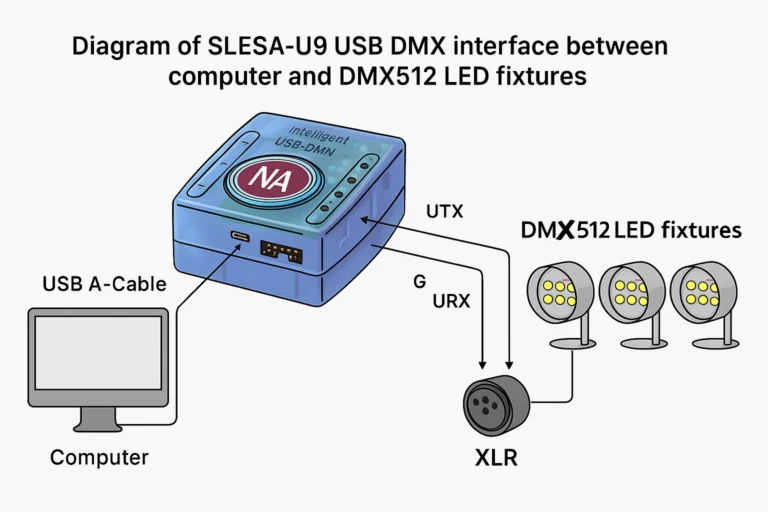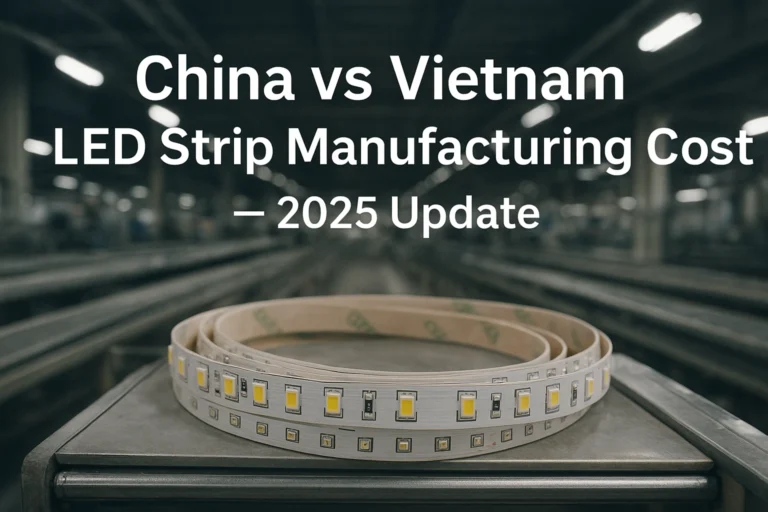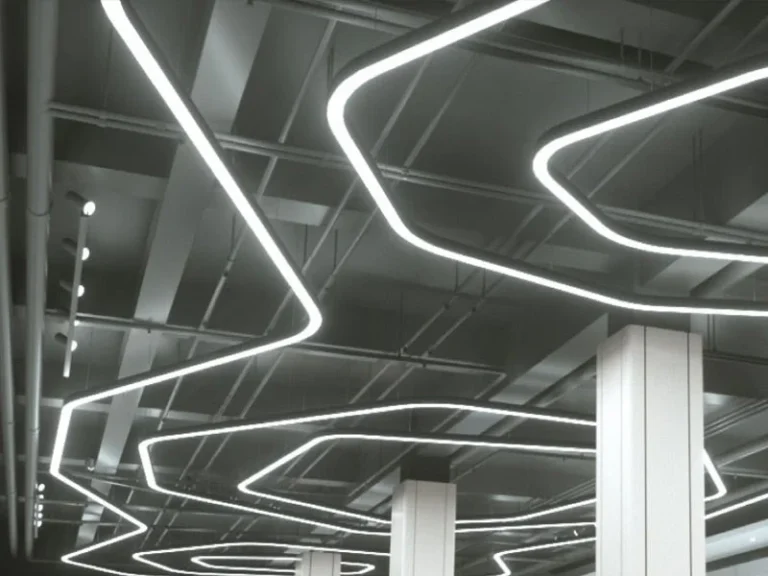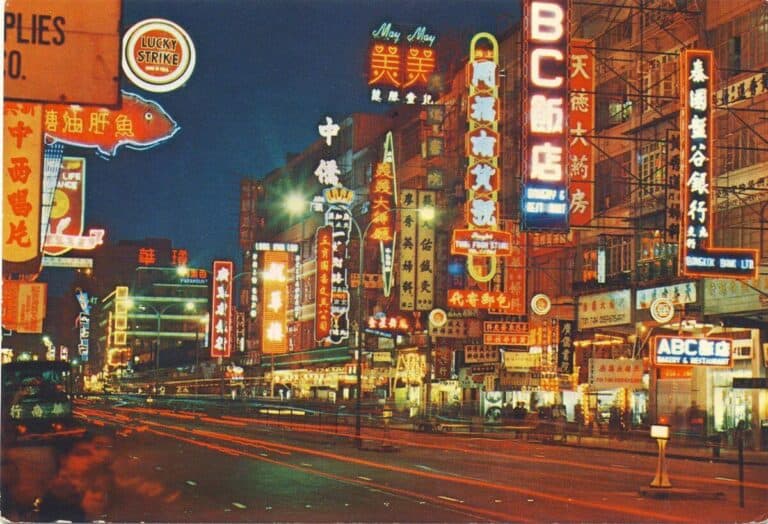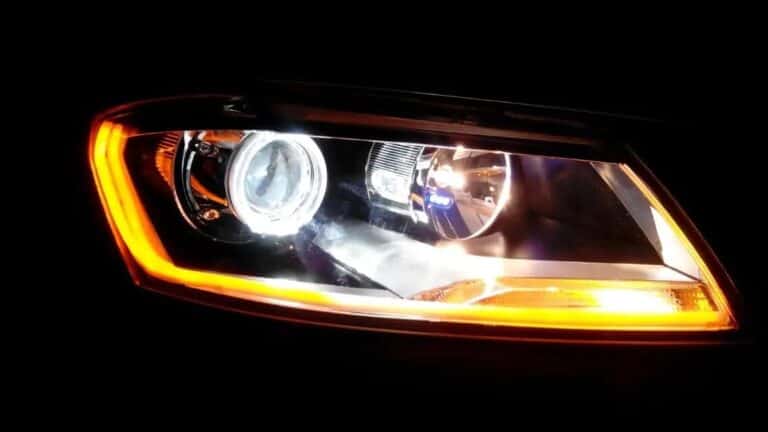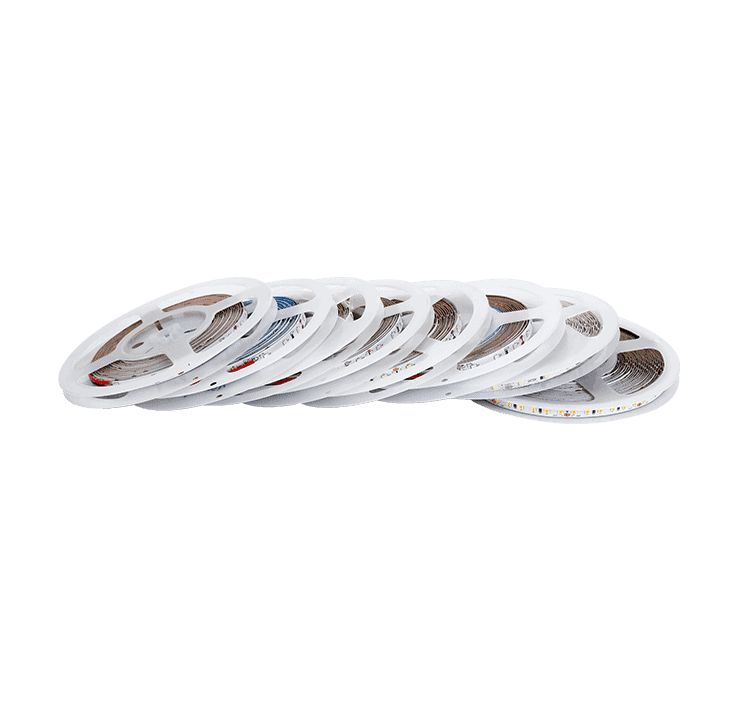Светодиодные неоновые фонари широко используются в архитектурном освещении, коммерческой отделке и проектах вывесок благодаря их гибкости и яркому визуальному воздействию. Однако, когда фактические размеры неона существенно отличаются от номинальных спецификаций, это может создать серьезные проблемы с установкой. Эта проблема становится еще более критической в проектах, где клиенты готовят слоты для установки, строго исходя из указанных размеров. Несоответствие всего в несколько миллиметров может привести к плохой подгонке, видимым зазорам или даже структурной несовместимости. По этой причине допуск экструзии — изменение размеров, присущие процессу экструзии, — играет решающую роль в обеспечении согласованности продукта и бесшовной установке в профессиональных светодиодных неоновых приложениях.
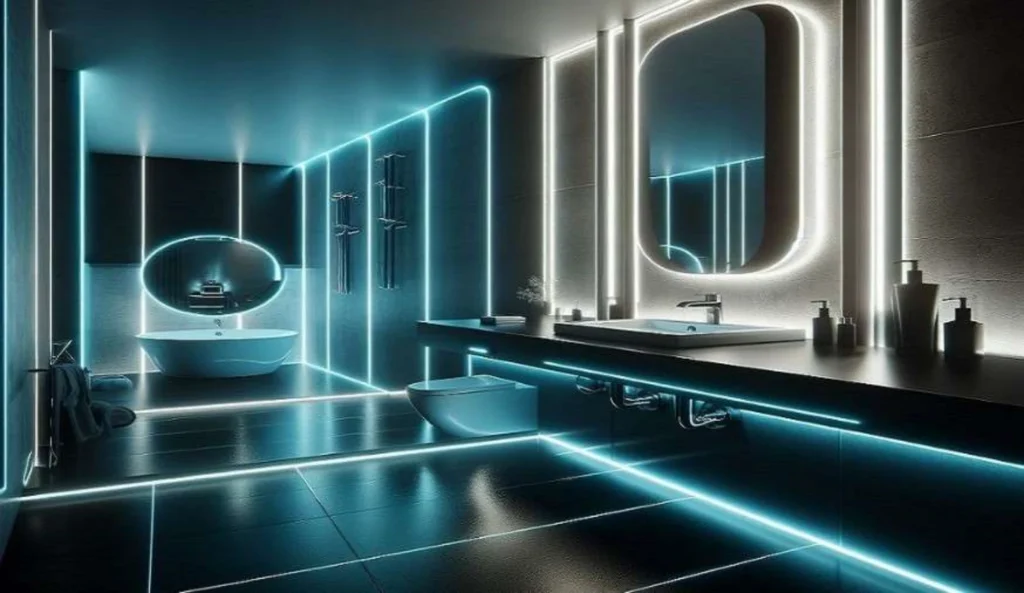
Почему светодиодные неоновые лампы имеют допуски на размеры?
Свойства материала
Самый фундаментальный фактор, влияющий на размерную допуск в Светодиодные неоновые лампы является сырьем. Гибкие неоновые профили обычно изготавливаются из силикона или ПВХ, оба из которых подвергаются термическому расширению и сжатию. Даже небольшие изменения температуры во время производства или поздних сроков применения могут привести к изменению ширины, высоты или кривизны экструзии. Различия в твердости материала или составе между партиями могут также привести к противоречивым размерам, что делает стабильность материала критически важным элементом в контроле допусков.
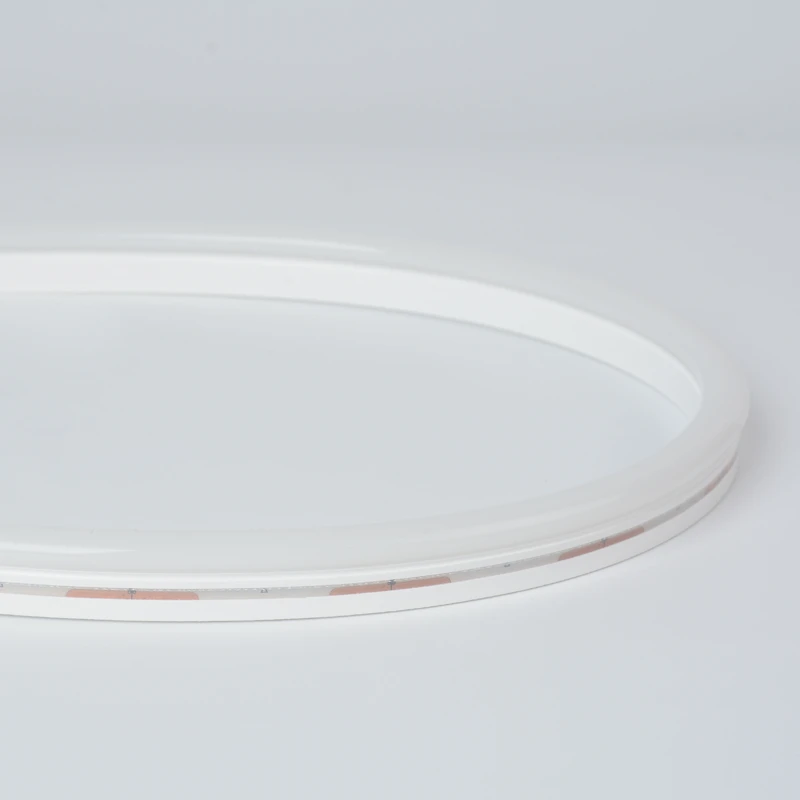
Силиконовый неоновый свет
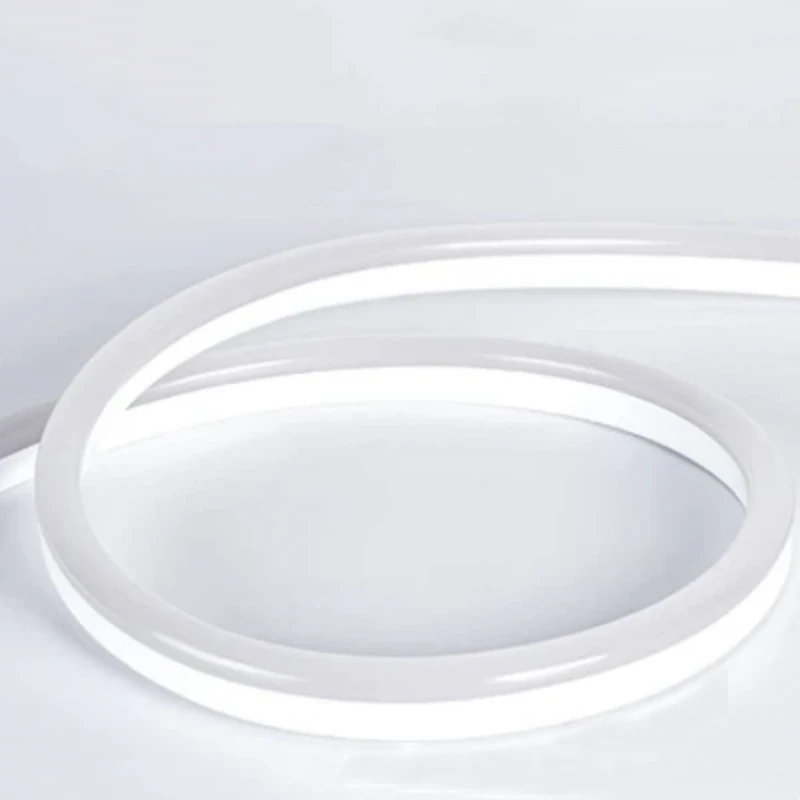
неоновый свет из ПВХ
Контроль процесса экструзии
Сам процесс экструзии является еще одним важным источником размерной вариации. Точность сильно зависит от точности экструзионной формы, а также от постоянства температуры, давления и скорости экструзии. Например, если условия охлаждения нестабильны, например, несовместимое водяное охлаждение или воздушный поток, профиль может неравномерно сжиматься или деформироваться. Эти небольшие отклонения могут накапливаться, в результате чего конечный продукт выходит за пределы указанного диапазона допуска.
Изменчивость производственной партии
Даже при одной и той же пресс-форме и материале допуск размеров может варьироваться в зависимости от производственных партий. Такие факторы, как калибровка машины, регулировка оператора и условия окружающей среды, такие как влажность, могут незначительно влиять на результат. При больших объемах производства эти вариации могут напрямую влиять на совместимость светодиодных неонов с монтажными каналами и аксессуарами.
Цена и давление
Еще один фактор, который часто упускают из виду, — это ценообразование На высококонкурентных рынках некоторые недорогие поставщики могут пойти на компромисс в отношении качества материалов или сократить производственные шаги для сокращения затрат. Использование более дешевого силикона, переработанного ПВХ или менее точного экструзионного оборудования неизбежно увеличивает вариации размеров. Хотя первоначальная цена может быть привлекательной, долгосрочный риск плохой подгонки, сокращения срока службы и более высоких затрат на техническое обслуживание делает такие компромиссы дорогостоящими для профессиональных проектов.
Общие диапазоны допуска для светодиодной экструзии неоновых
Стандарты терпимости к отрасли
В светодиодной неоновой промышленности допуск экструзии обычно определяется в пределах небольшого запаса для обеспечения надежной подгонки и однородного внешнего вида. Большинство производителей принимают размерную допуск от ± 0,3 мм до ± 1,0 мм в зависимости от размера и формы профиля. Хотя не существует единого глобального стандарта, эти диапазоны обычно принимаются в профессиональных проектах в области архитектуры и вывесок.
Различия между типами светового излучения
Требования к допуску также могут варьироваться в зависимости от различных конструкций выбросов. Неоновые передние неон часто имеют более строгий контроль, поскольку видимая поверхность напрямую влияет на однородность освещения, а излучающие со стороны неоновые и верхние типы изгиба обеспечивают более широкую допуск из-за гибкости конструкции. Большие профили покрытия, такие как неон, излучающий неон на 270° или 360°, требуют более тщательного контроля во время экструзии, поскольку сдвиги размеров влияют как на распределение света, так и на стабильность установки.
Типичные диапазоны допуска по неоновому размеру и типу
| Светодиодный неоновый тип | Общий размер (Ш×В или диам.) | Типичная толерантность к экструзии |
| Мини-неон (тонкий) | 4х8 мм | ±0,3 мм |
| Мини-боковый неон | 6×12 миллиметр | ±0,4 мм |
| Стандартный передний излучающий | 8×16 мм | ±0,5 мм |
| Стандартный боковой излучающий | 10х20 мм | ±0,5 мм |
| Неоновый | 12х20 мм | ±0,5 мм |
| Широкий передний неон | 12х25 мм | ±0,6 мм |
| 270° неон | Ø16 мм | ±0,6 мм |
| Большой неоновый 270° | Ø20 мм | ±0,8 мм |
| 360° гибкий неон (маленький) | Ø15 мм | ±0,5 мм |
| 360° гибкий неон (большой) | Ø25 мм | ±1,0 мм |
Как размерная допуск влияет на неоновые приложения
1. Проблемы с установ
Когда допустимая экструзия неоновых ламп не контролируется правильно, установка становится проблематичной. Даже небольшие изменения размеров могут привести к тому, что профиль будет слишком тесным или слишком свободным внутри алюминиевых каналов или монтажных пазов. Это часто приводит к видимым промежуткам, неравномерному выравниванию или увеличению рабочей силы во время подгонки на месте. Для крупномасштабных архитектурных проектов необходимо стабильные размеры для обеспечения бесшовной установки и уменьшения доработок.
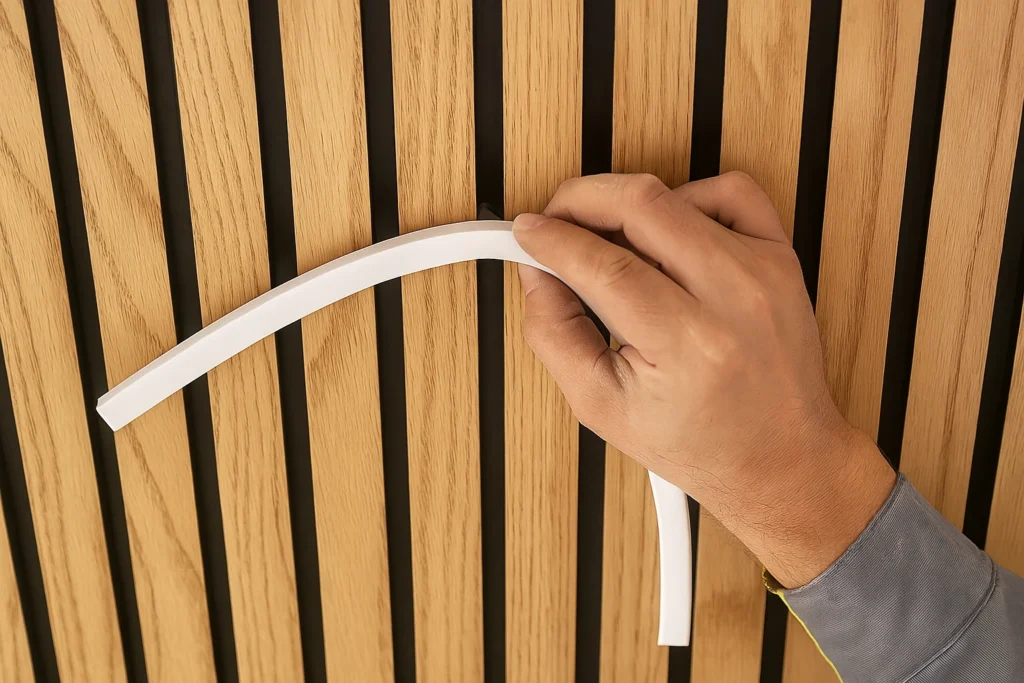
2. Влияние на однородность
Допуск экструзии также влияет на равномерность светового выхода. Изменения толщины инкапсуляции силикона или ПВХ могут вызвать противоречивую диффузию, в результате чего появляются участки, которые кажутся более яркими или тусклыми. В переднем неоне это неравномерное распределение света становится особенно заметным, что снижает общее качество установки.
3. Водонепроницаемость и надежность
Вопросы допуска дополнительно влияют на гидроизоляцию и долгосрочную надежность светодиодных неоновых изделий. Если размеры профиля отклоняются от указанного диапазона, уплотнение вокруг торцевых колпачков, соединителей или соединений может быть неполностью эффективным. Это ставит под угрозу рейтинг IP и повышает риск попадания воды, что может сократить срок службы продукта и вызвать сбои в наружных условиях.
Как контролировать и решать проблемы с толерантностью в светодиодных неоновых лампах
1. Оптимизация производственного процесса
Первым шагом в снижении допусков на экструзию является точный контроль производственного процесса. Высокоточные пресс-формы, стабильная скорость экструзии и надлежащая регулировка температуры играют жизненно важную роль в поддержании постоянных размеров. Регулярное техническое обслуживание и калибровка экструзионного оборудования дополнительно гарантируют точность.
2 . Меры контроля качества
Строгий контроль качества не менее важен. Производители должны осуществлять встроенный мониторинг во время экструзии и проводить окончательные проверки размеров на готовых светодиодных неоновых лампах. Запись данных о допуске помогает выявлять тенденции и предотвращать появление дефектных партий до клиентов.
3. Соображения проектирования и монтажа проекта
С точки зрения проекта, дизайнеры и установщики могут минимизировать риски, обеспечивая пределы допуска в размерах слотов, алюминиевых каналах и аксессуарах. Планирование с учетом изменений экструзии обеспечивает более плавную установку на месте и снижает неожиданные настройки.
4. Выбор надежного поставщика
Наконец, выбор поставщика с доказанной экспертизой в области толерантности к экструзии светодиодов неонов имеет решающее значение. Профессиональные производители с передовым оборудованием, сертификация и сильная система качества обеспечивают более стабильную продукцию, что дает владельцам проектов уверенность в долгосрочной производительности.

Вывод: обеспечение согласованности в профессиональных светодиодных неоновых проектах
Измерение размеров неизбежно является неизбежным фактором при производстве светодиодных неонов, но при наличии правильных материалов, строгого контроля экструзии и профессионального управления качеством можно эффективно свести к минимуму. Для архитекторов, дизайнеров и подрядчиков работа с надежным поставщиком является ключом к обеспечению бесперебойной установки и долгосрочной производительности.
На сайте SignliteLED, мы используем высококачественный силикон, во всех наших неоновых экструзиях, обеспечивая стабильные размеры, полностью отвечающие стандартам в отрасли. Если ваш проект требует уникальных размеров или более жестких допусков, наша команда может предоставить индивидуальные решения, соответствующие вашим требованиям. Свяжитесь с нами сегодня, чтобы обсудить ваши требования и обеспечить защиту высококачественных светодиодных неоновых светильников, специально предназначенных для профессиональных применений.
